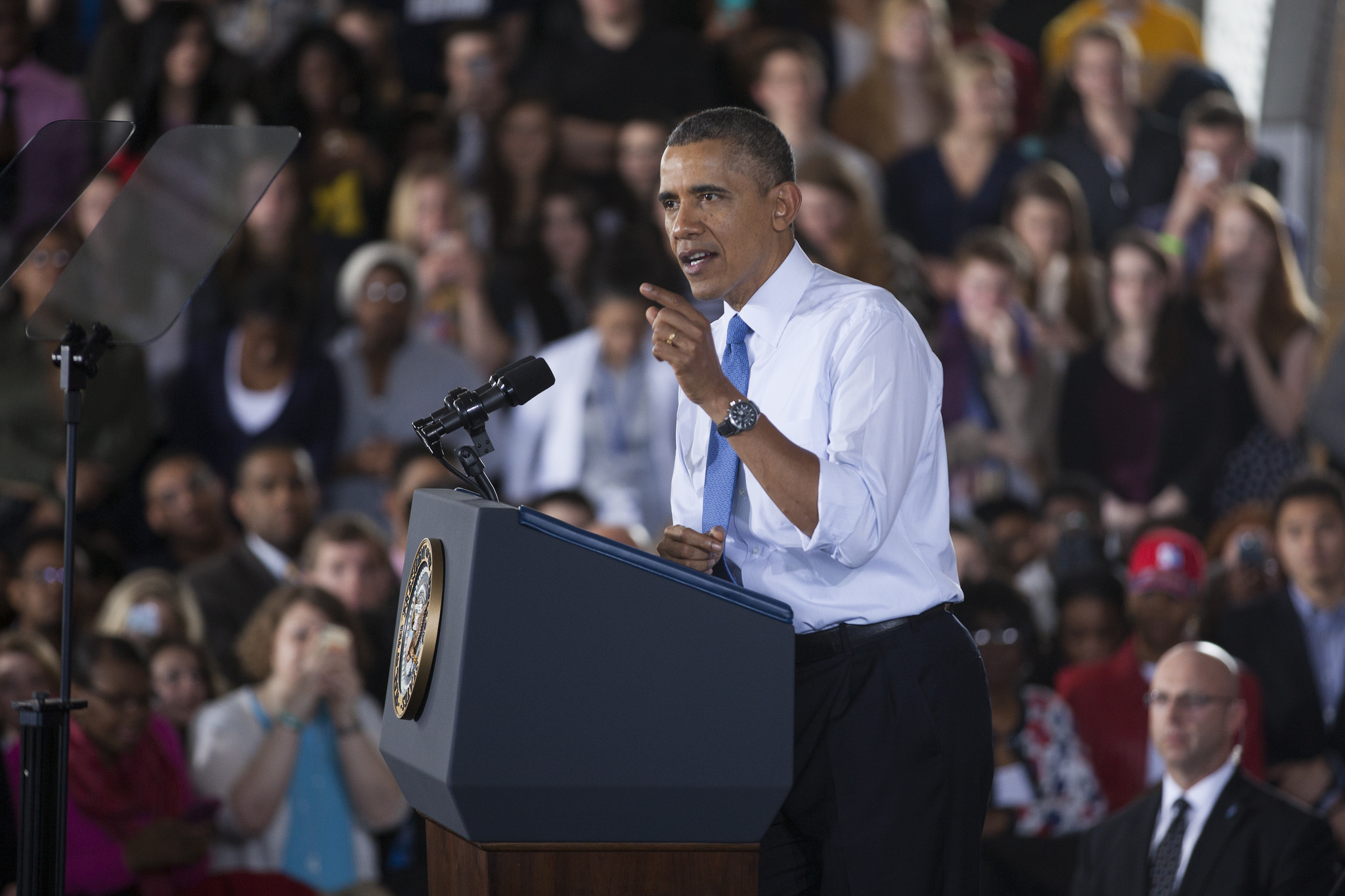Mr Carney, There's A Difference Between "Defence" & War-mongering.
Fighting unnecessary wars on borrowed money is a sure road to bankruptcy. When interest on accumulated debt parallels war budgets (US) alarm bells ought not to be silenced.
Carney commits Canada to biggest increase in military spending since Second World War, doubling budget by 2035
Steven ChaseSenior parliamentary reporter
The hague
Published 22 minutes agoUpdated 7 minutes ago
Open this photo in gallery:

Prime Minister Mark Carney is greeted by NATO Secretary General Mark Rutte, right, and Netherland's Prime Minister Dick Schoof at the NATO summit Wednesday.Geert Vanden Wijngaert/The Associated Press
Prime Minister Mark Carney has committed Canada to the biggest increase in military spending since the Second World War as part of a NATO pledge Wednesday designed to both prepare for the growing threat of Russian expansionism and to keep Donald Trump from quitting the Western alliance.
Mr. Carney and leaders of 31 member countries agreed to a joint statement at The Hague Wednesday saying they would raise defence-related spending to an amount equivalent to 5 per cent of their Gross Domestic Product (GDP) by 2035.
This would require an additional $50-billion in defence-related government spending every year – nearly doubling the existing budget to $110-billion in military expenditures by 2035. This year the Canadian government’s defence-related spending is due to exceed $62-billion.
“The world is increasingly dangerous and divided. Canada must strengthen our defence to better protect our sovereignty, our interests, and our allies,” Mr. Carney said. “These investments won’t just build our military capacity – they will build our industries and create good, high-paying jobs at home."
NATO members also agreed to review this new target in 2029 to make sure it aligns with “the global security landscape” at the time.
This new NATO target is really two separate targets: core military spending equivalent to 3.5 per cent of GDP, or annual economic output, and another 1.5 per cent GDP for defence-related infrastructure spending.
Mr. Carney said Wednesday he’s confident Canada can easily qualify for this second target by claiming infrastructure investments for critical defence and security-related expenditure, such as new airports, ports, telecommunication, emergency preparedness systems, and other dual-use investments which serve defence as well as civilian readiness.
The tough new challenge for the federal treasury will be the 3.5 per cent GDP target which will require military spending by Ottawa to grow by more than 7 per cent annually each year over the next decade.
This new target is far higher than NATO’s former 2 per cent benchmark for military spending, which Canada under Mr. Carney will only meet for the first time this March.
David Perry, president of the Canadian Global Affairs Institute, who was in The Hague for the NATO Summit, said the last time Canada raised defence spending so much was 1939 to 1942, when the country mobilized for war in Europe and the Pacific.
More stories below advertisement

He said doesn’t think there is public support for this magnitude of defence spending but that Mr. Carney can gain the backing of Canadians by explaining the rationale. European leaders have warned that even when the war in Ukraine eventually ends, the danger that Moscow poses will not disappear. As Mr. Rutte noted last week, Russia is reconstituting its forces with Chinese technology and producing weapons faster than we thought it could. “This year alone, Russia is expected to roll out 1,500 tanks, 3,000 armoured vehicles, and 200 Iskander missiles,” he wrote in Foreign Affairs magazine this month.
A Canadian official who was in the room during Wednesday’s NATO summit meeting said Mr. Carney noted for other leaders that Canada has long been a net exporter of security – meaning it’s provided more support for other regions through deployments of armed forces around the world than it’s ever received.
The Globe is not identifying the official because they were not authorized to speak publicly on the matter.
The Canadian official said Canada in 2029 would be keen on discussing whether it could earn additional credit for defence-related infrastructure investments such as ports, transport corridors and Arctic development to offset required core military spending under the targets.
The NATO summit has been carefully choreographed to deliver the 5-per-cent target for Mr. Trump, who argues other countries rely too much on U.S. military might. Since his 2024 presidential election campaign, he has demanded NATO members hit this benchmark. The NATO charter’s Article 5 collective-defence clause obliges members to consider an attack against any to be an attack against all, but Mr. Trump in March said he won’t defend allies that are not paying enough for their defence.
Open this photo in gallery:

President Donald Trump joins a group photo of NATO leaders Wednesday.Geert Vanden Wijngaert/The Associated Press
NATO’s Mr. Rutte said the new pledge will shift the defence burden “away from the United States, more toward the Europeans and the Canadians, which I think is fair.”
Mr. Rutte also defended a gushing note he wrote Mr. Trump telling the U.S. leader his ability to demand military spending increases from allies will “achieve something no American president in decades could get done.”
Speaking to reporters, the NATO Secretary General said nobody else could have driven Canada and other laggard European countries to boost military spending.
“Would you really think that the seven or eight countries not at 2 per cent at the beginning of this year would have reached the 2 per cent if Trump would not have been elected President of the United States?”










